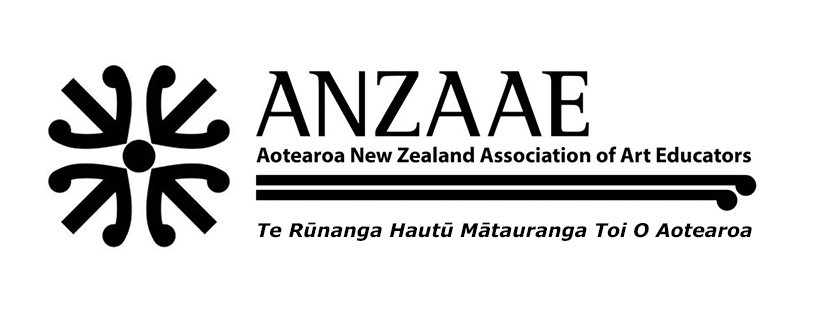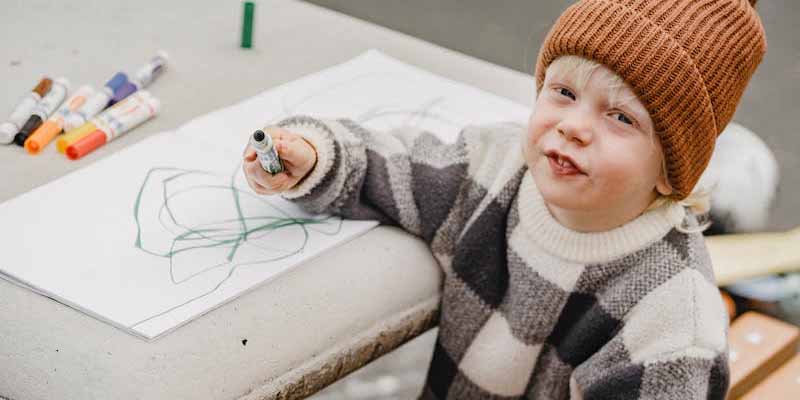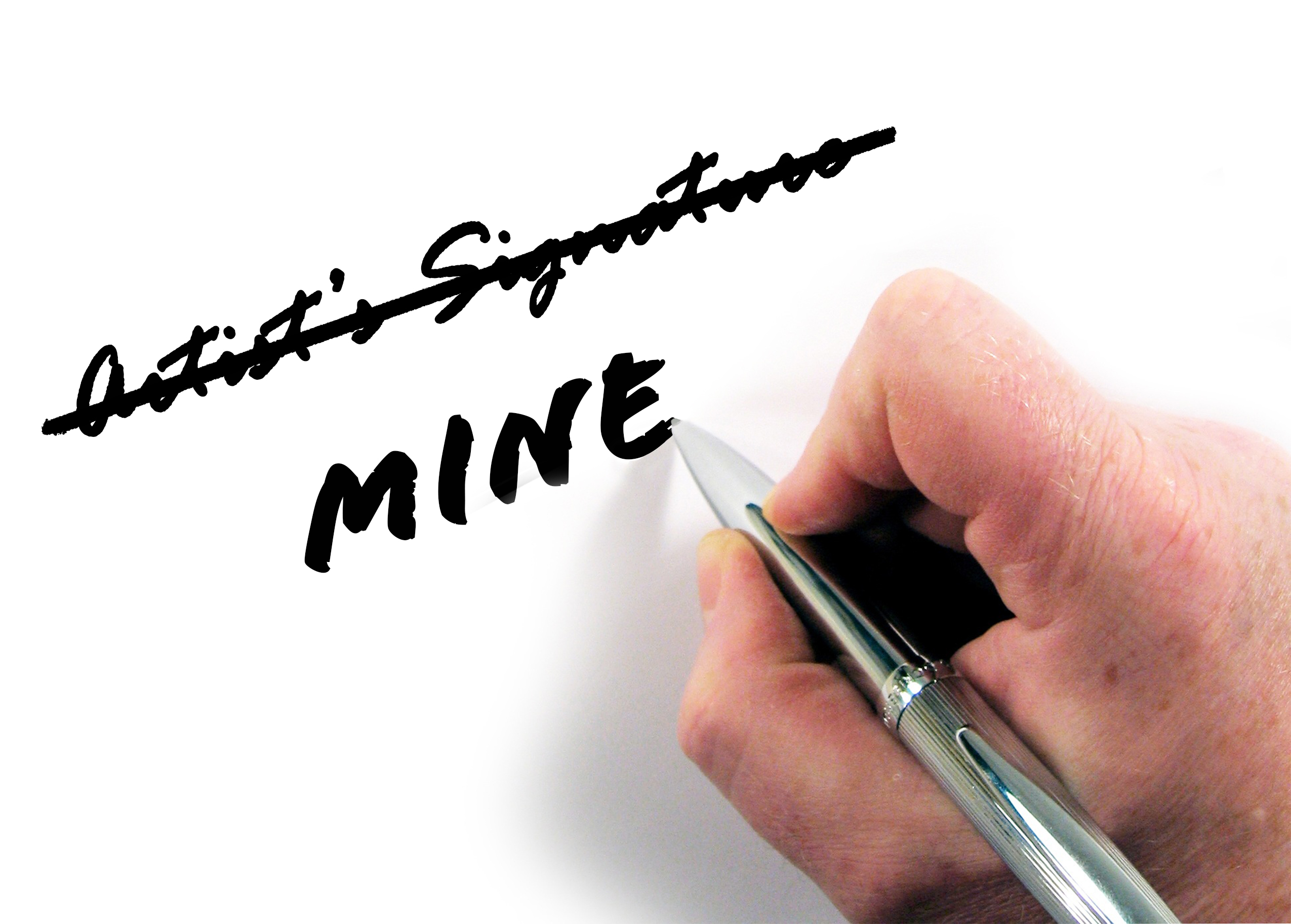Resource Collections
Teacher Support
all
|
Activities
|
Publications
I
Resources
|
Videos
|
Websites
-
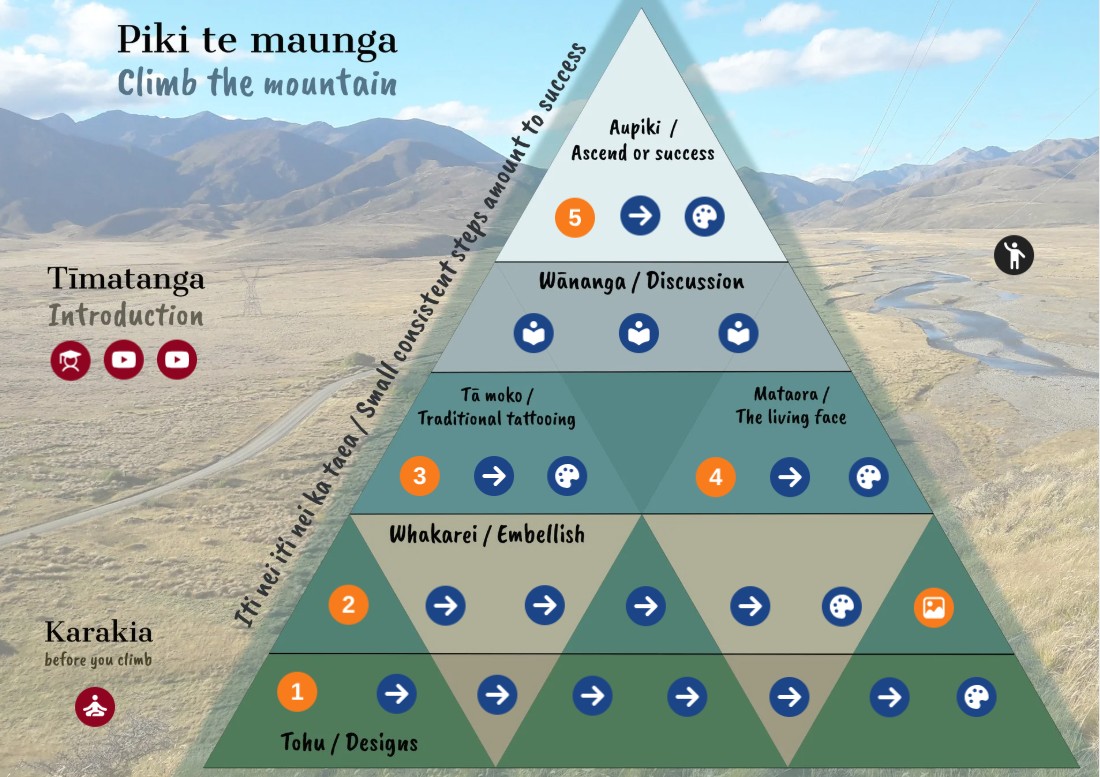
Pae Ringa Toi – Tā moko
Welcome to Pae Ringa Toi. This is a learning management system (LMS) for you and your students, friends and whānau to learn about tā moko (traditional Māori tattooing). The kaupapa…
-

NZQA Assessor Practice Tool (APT)
The Assessor Practice Tool (APT) from NZQA is highly recommended PLD for every educator working with NCEA. You can practice assessing samples of work for each Level 1 and Level…
-
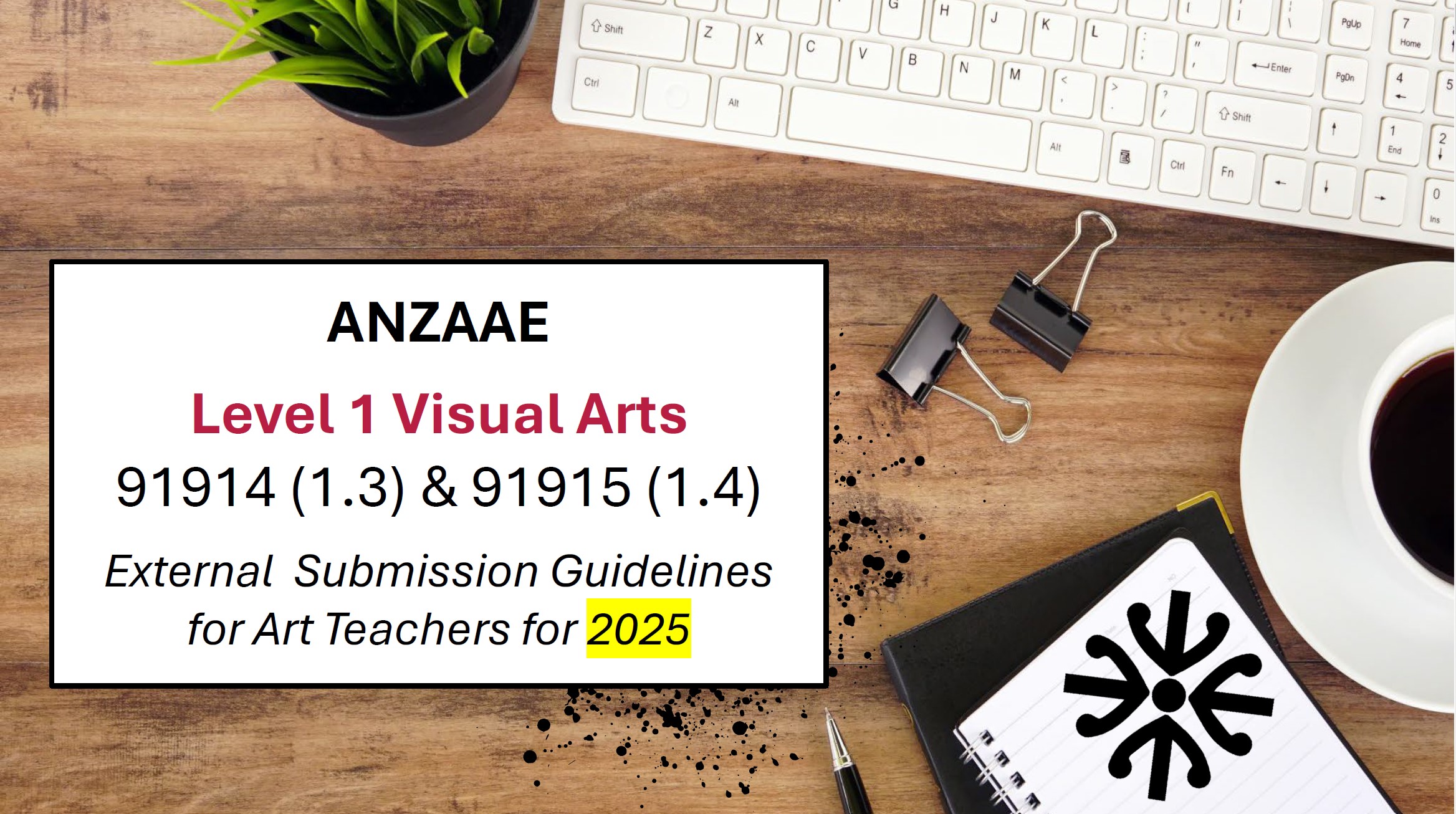
ANZAAE NCEA Level 1 External Verification Guidelines
A guide to help teachers navigate the NCEA Level 1 digital verification processes for external assessments 91914 (1.3) and 91915 (1.4).
-

Pūtake NZQA Learning and Assessor Practice Tools
Access the NZQA Learning Management System using your Education Sector Logon.
-

Manu Kōkiri: Māori Success and Tertiary Education – Towards a Comprehensive Vision
This paper presents views concerning ‘Māori Success and Tertiary Education’ developed by Taumata Aronui, a group convened by the Minister of Education as a ‘Māori Voice to help shape tertiary…
-
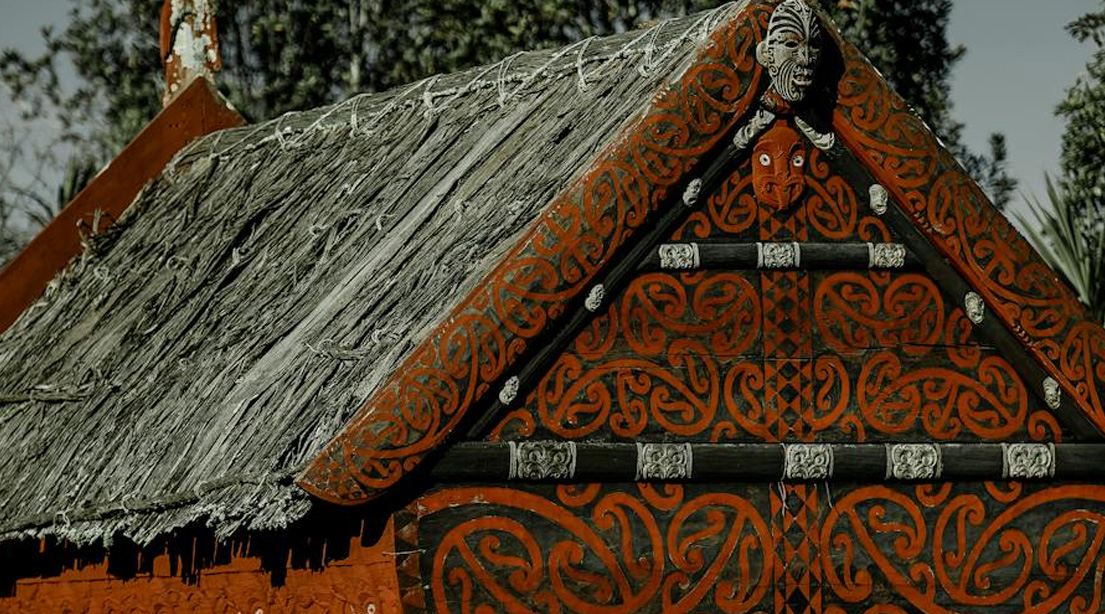
Māori Language Orthography ↗
External link: “Best practice for spelling and writing Māori, and provides an easy-to-follow guide promoting consistency in the use of written Māori and standards for publication.”
-
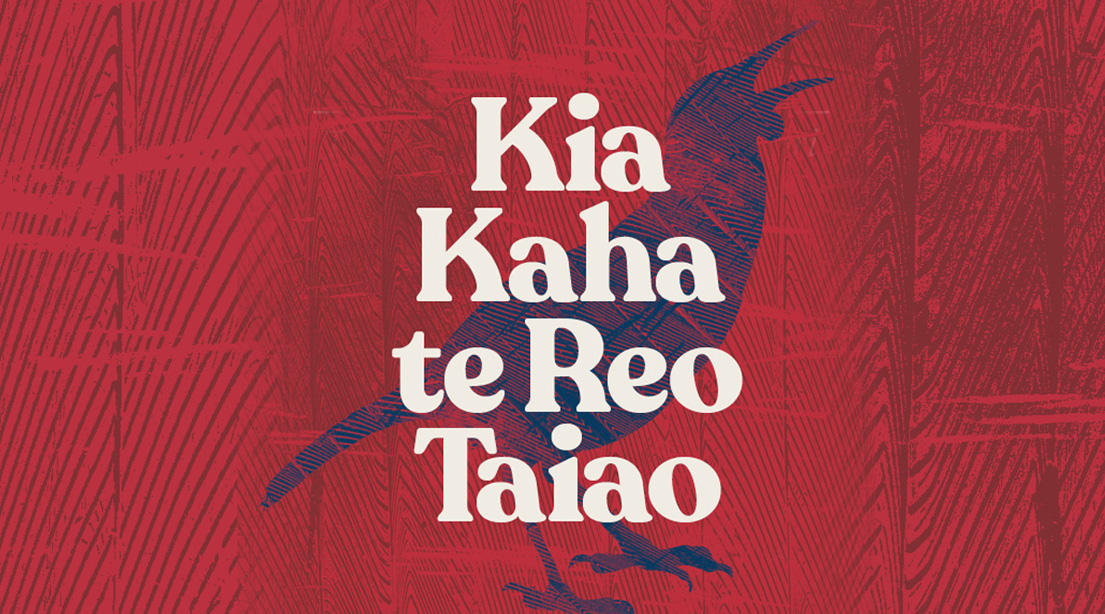
Kia Kaha te Reo Taiao ↗
External link: “Become familiar with Māori words and phrases you can use while you are out enjoying te taiao, the unique environment of Aotearoa.”
-
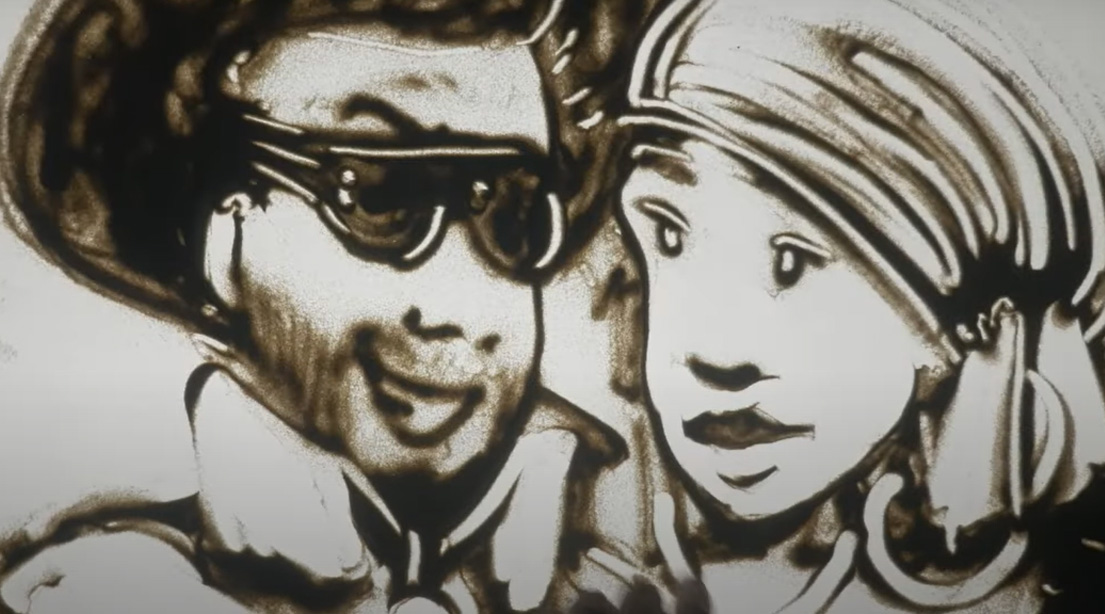
Te Onekura – Te Reo Support ↗
External link: “A school of learning in the sand, that embraces knowledge from the natural world around us. If you are looking for support on your reo journey and understanding…
-
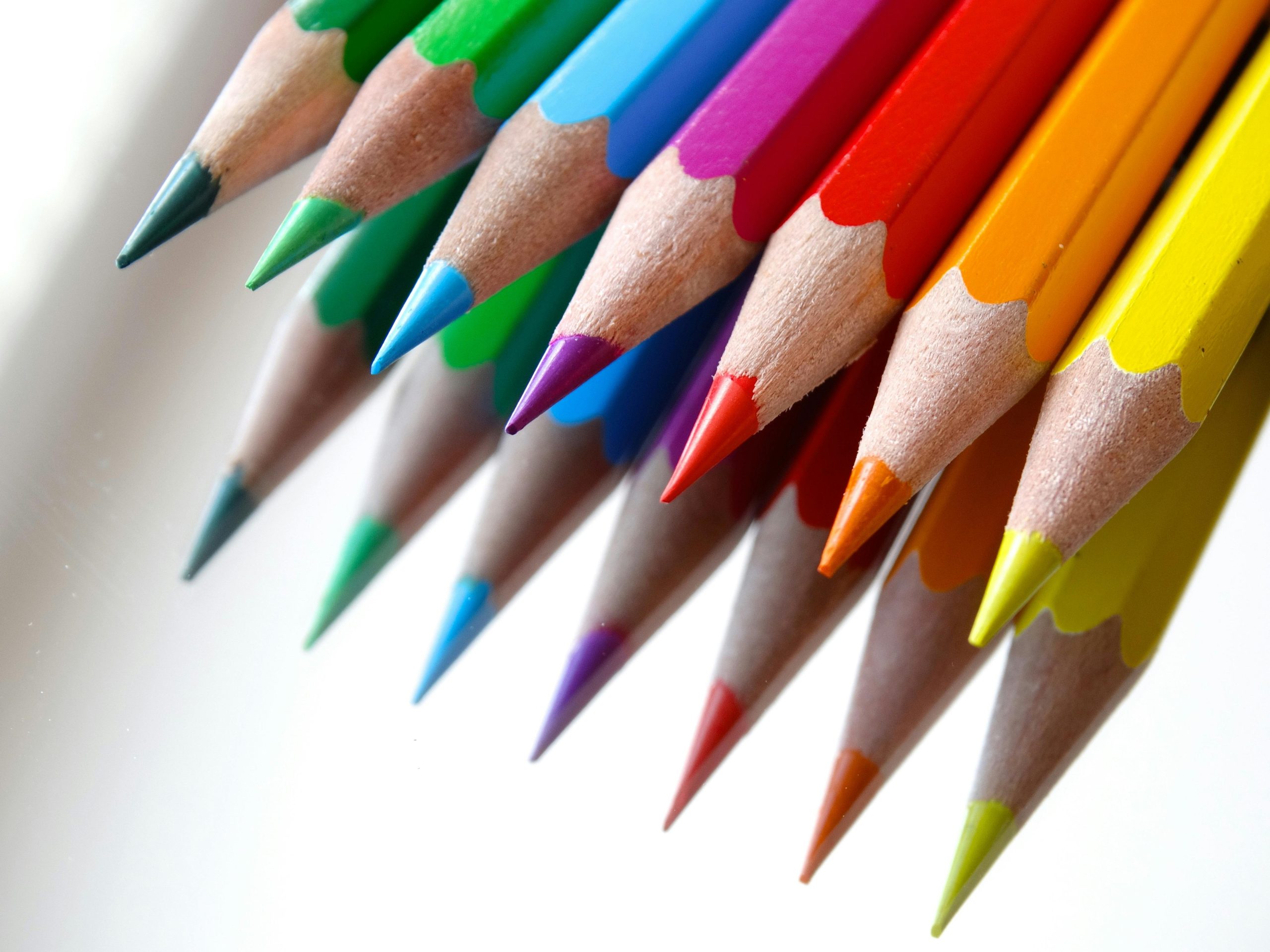
The Long and Short of it: Drawing Unit↗
External link: “This lesson sequence uses the visual arts to support students in re-connecting with people in their class and starting to explore emotions post a traumatic/crisis event. The approach…
-
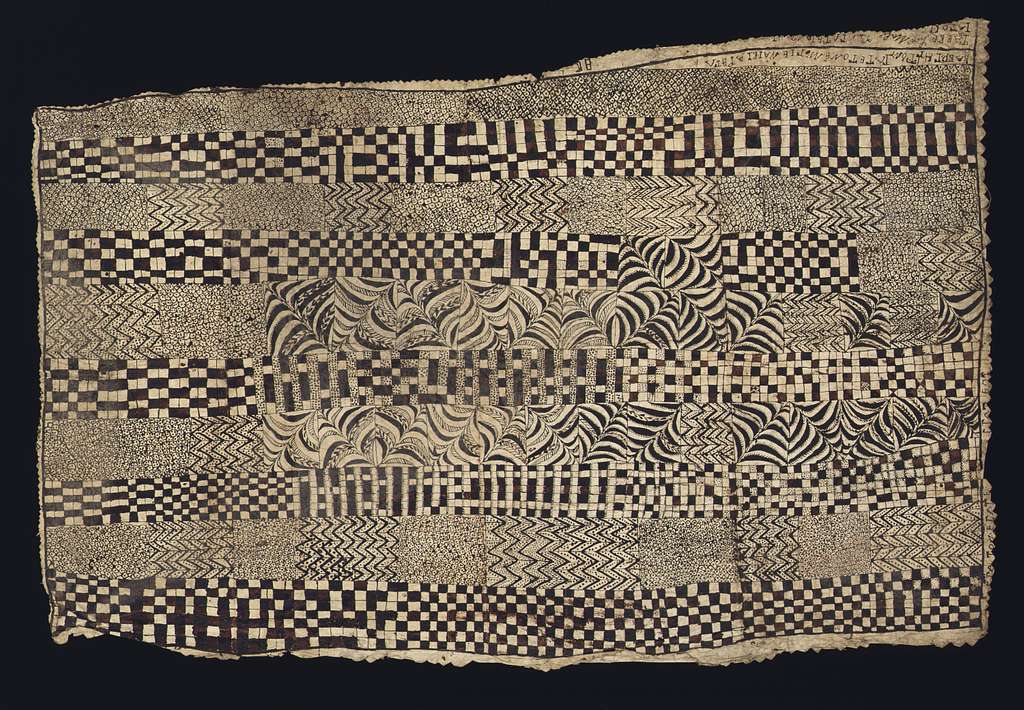
The Magic Seashell: Hiapo and Siapo↗
External link: Inspired by the book The Magic Seashell, about life in the Pacific, particularly when surviving a natural disaster. Students then create their own Siapo and Hiapo patterns.
-

Making a Kahoa Kakala↗
External link: This lesson was inspired by the Tongan tradition of making and gifting a kahoa kakala. By using paper flowers instead of fresh flowers, it recognises that kahoa can…
-
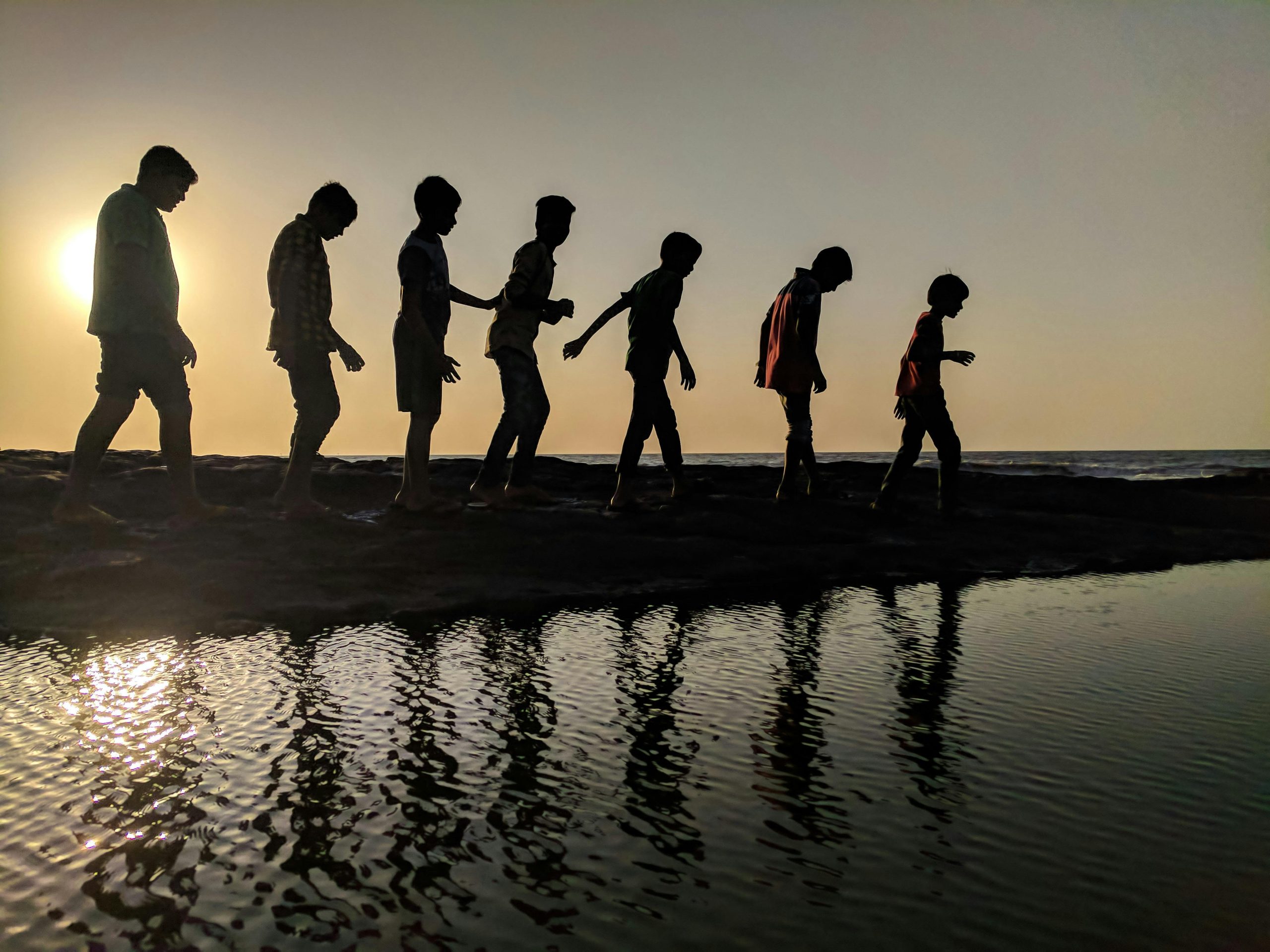
See me, know me, believe in me: Reimagining Pasifika student success as Pasifika in visual arts↗
External link: This article seeks to share teachers’ beliefs, attitudes, and pedagogical practices that affirm Pasifika students’ success “as Pasifika”. The students themselves also offer insights into their enactment of…
-

Te Rito Toi: Lesson Plans↗
External link: “All of the lessons here have been written by curriculum experts who understand the potential of the arts to draw students back to learning after crisis. They have…
-
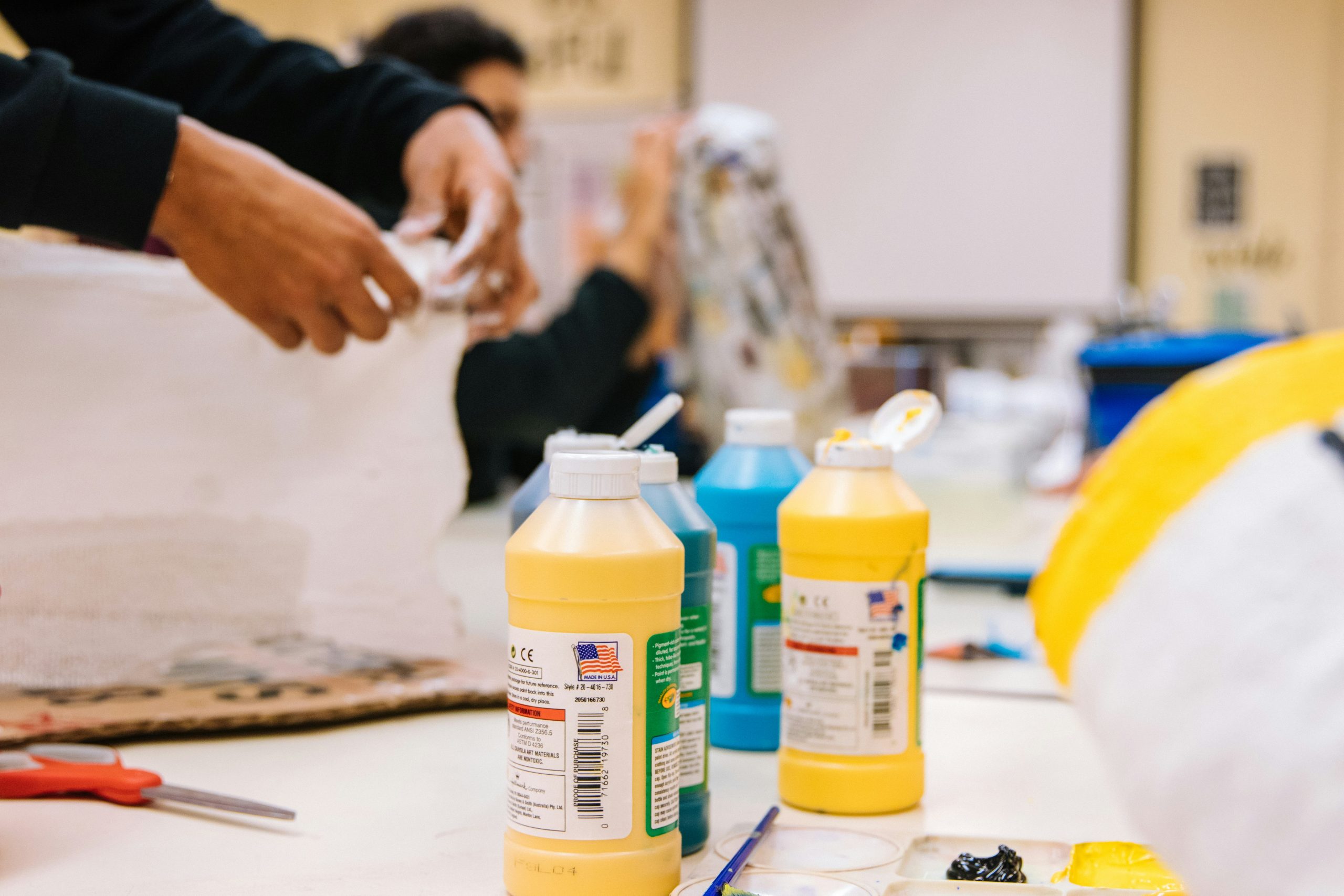
Learning in Junior Visual Arts
Developed in relation to key competencies to ‘set the tone’ for learning in junior art classrooms.
-

Assessing Individual Performance in Visual Arts Group Projects
This document is an introductory guide for teachers wishing to explore group assessment activities for visual arts achievement standards. In this context teachers need to consider how individual assessment decisions…
-

Drawing Progressions Resource: Space in Drawing
This drawing resource contains simple drawing exercises, ideas and strategies to develop students’ understanding of drawing in Visual Arts.
-

Drawing Progressions NZC 1-6: Kiwi
A curriculum progressions document for Levels 1-6 of the New Zealand Curriculum using images drawn by Year 4 and 8 students of kiwi. Images in this document are from NEMP…
-
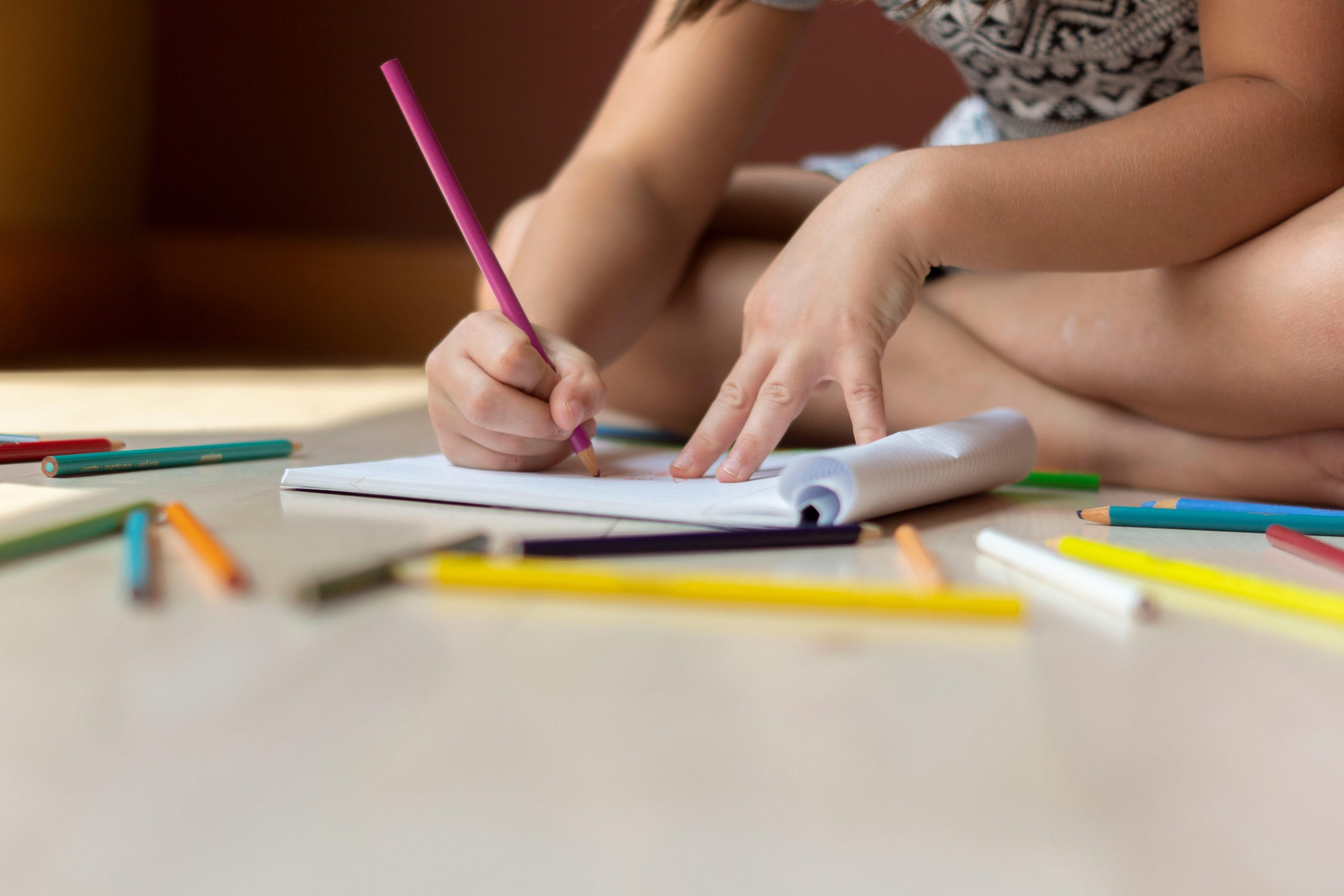
Drawing Progressions NZC 1-6: Teddy Bears
A curriculum progressions document for Levels 1-6 of the New Zealand Curriculum using images drawn by Year 4 and 8 students of teddy bears.
-
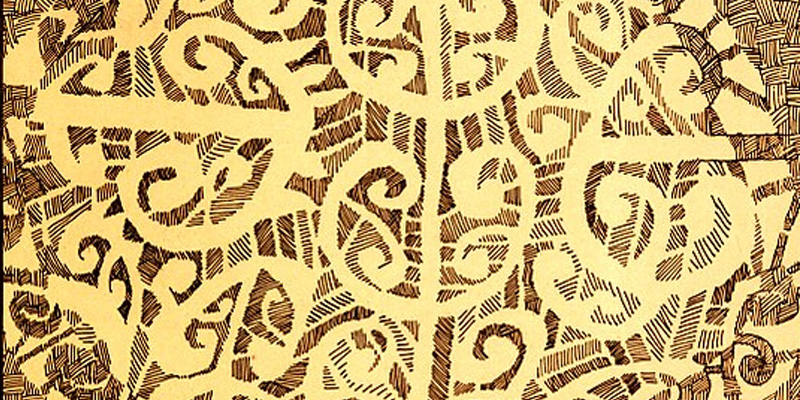
Strategies for Te Reo Māori in the Art Classroom
Ideas about how to incorporate Māori language into your everyday teaching practices in Visual Arts.
-
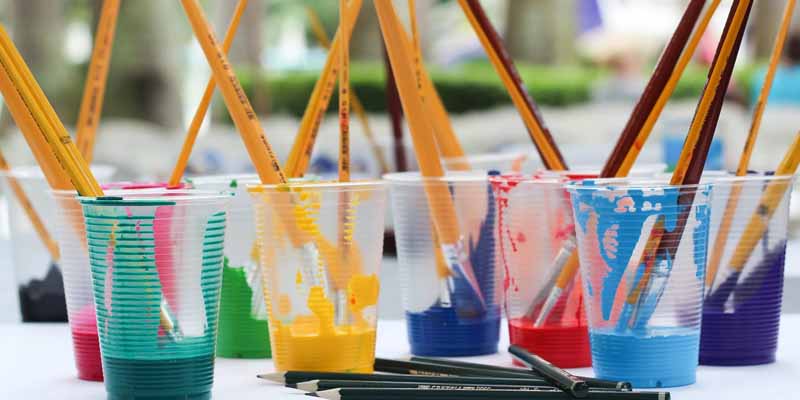
Expanding Heart Art Resources↗
External link: A range of free art resources created by Expanding Heart. Ideal for beginning teachers creating their own resource kete.
-

2021 Conference Presentation: Geoff Harris – Suitable contexts for finished work standards
NZQA’s National Visual Arts Moderator, Geoff Harris discusses suitable contexts and performance expectations for NCEA .5 finished work standards.
-

2023 Conference Presentation: Lisa Ponweiser – Strategies for Thriving in a Small, Isolated Art Department
Lisa Ponweiser’s presentation embodies the 2023 Conference theme, ka mua, ka muri, to identify key strategies that are working for me in building (over 30+ years) a successful Art department…
-
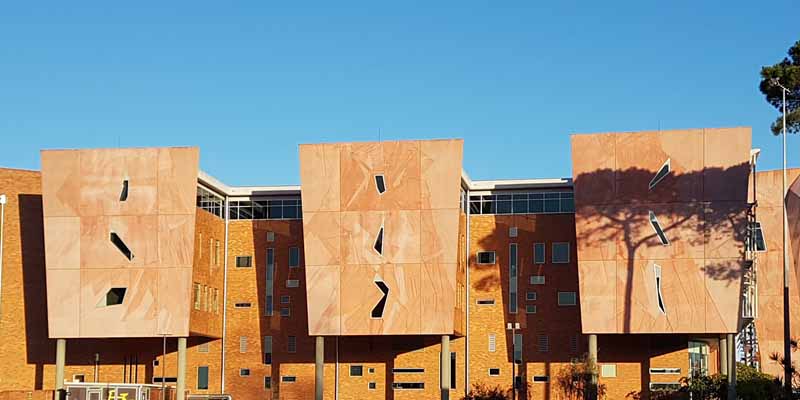
2023 Conference Presentation: Dr Lisa Paris and Dr Carol Carter – Towards a New Creative Practice in Education Research Hub
Dr Lisa Paris and Dr Carol Carter of Curtin University School of Education discuss their paper that draws on long-established arts traditions of knowledge generation through voices and story forms…
-
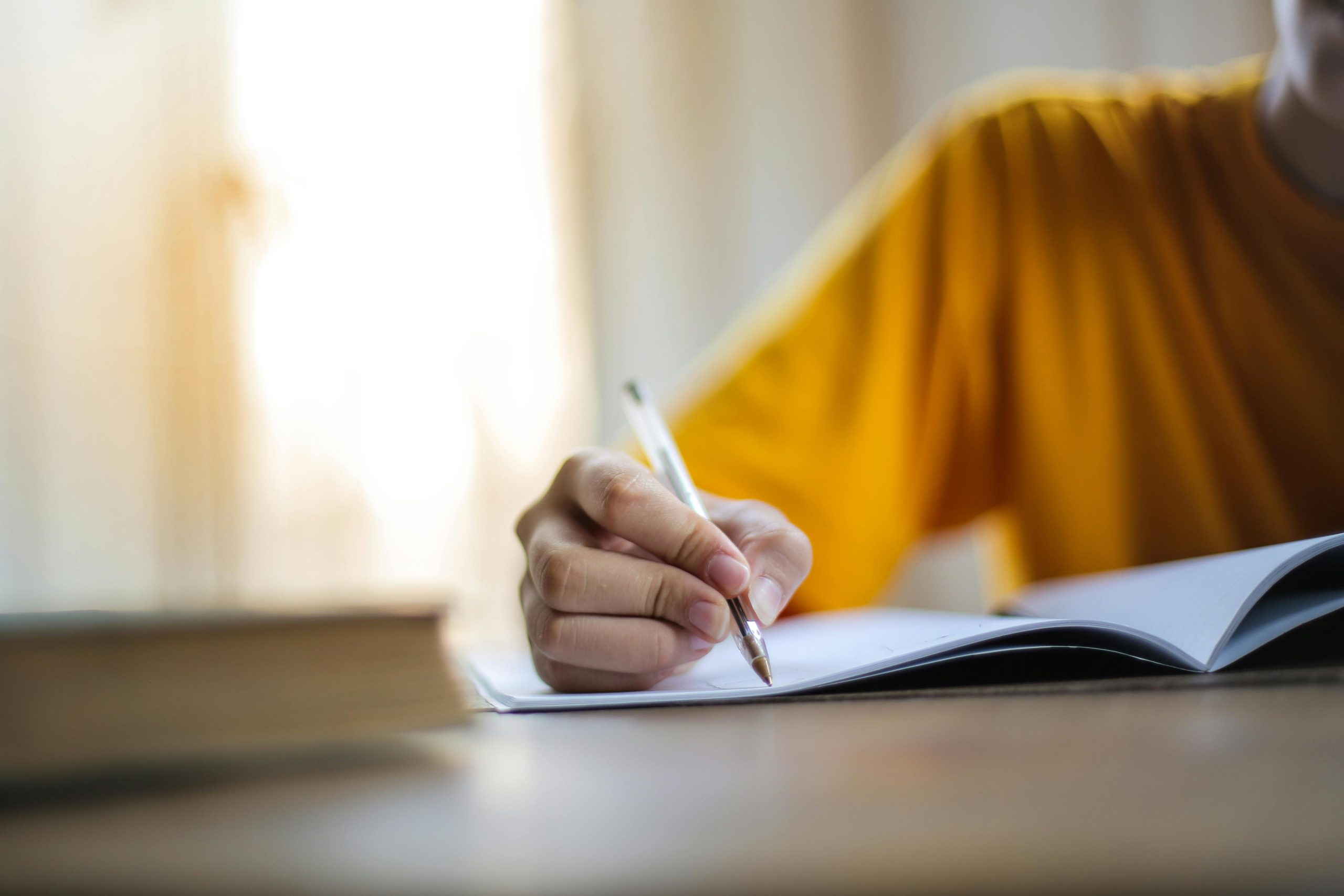
Writing Artist Statements Handout
An artist statement is an artist’s written description of their work. It’s a brief text to support their artwork and to give the viewer more understanding.
-

Ideas, Signs and Methods: Regeneration Reflection Sheet
A worksheet to help Senior Secondary students with regeneration of ideas.
-
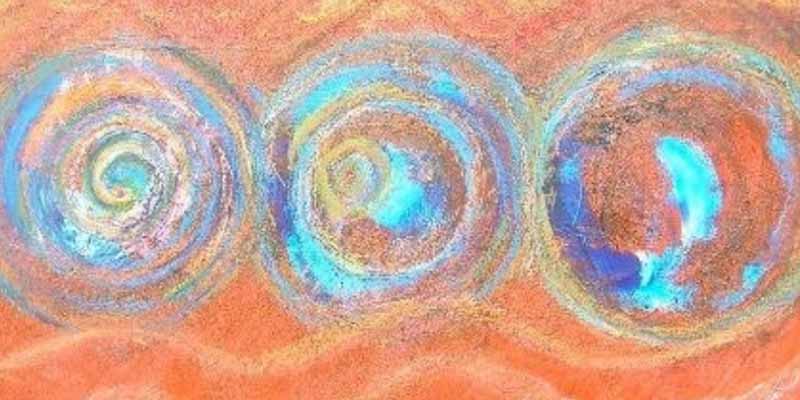
Connecting with Māori Communities: Whānau, Hapū and Iwi
This module outlines key messages from research and literature that relate to schools connecting with their Māori communities, including whānau, hapū and iwi.
-
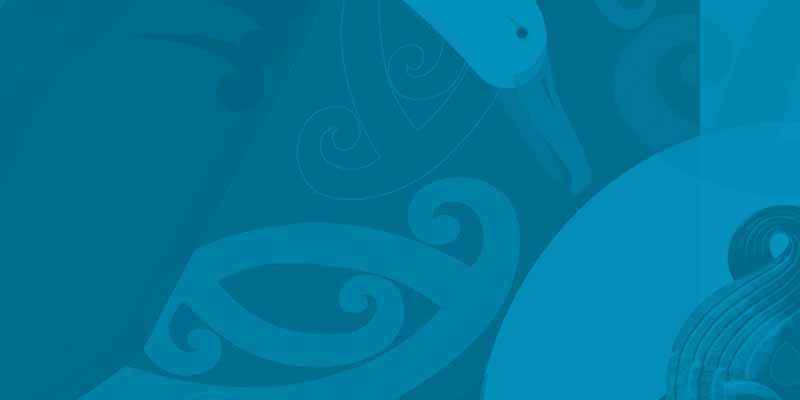
Enhancing Mātauranga Māori and Global Indigenous Knowledge
Enhancing Mātauranga Māori and Global Indigenous Knowledge is a collaboration of 14 Māori and international scholars and aims to create a forum for Māori and global indigenous academics to connect…
-

Supporting Pasifika learners through dual language texts
The Supporting Pasifika learners through dual language texts resources offer opportunities to build on all the early language and literacy experiences that Pasifika students bring to school, not just their…
-
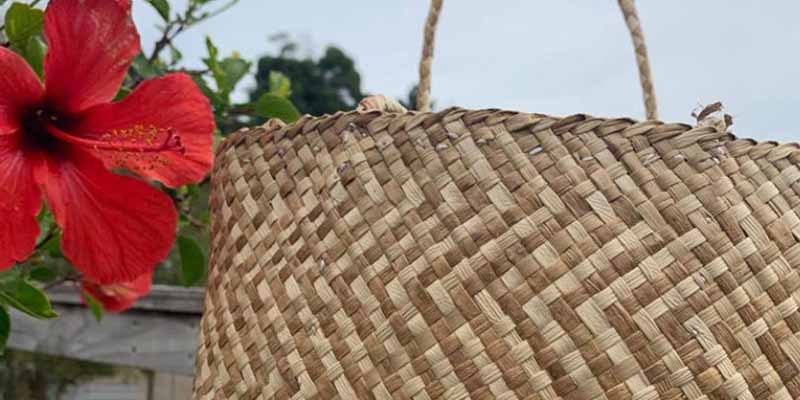
10 Habits of phenomenal educators for Pacific learners in New Zealand tertiary education
Kato is a Niuean word meaning a handmade woven basket. In Niuean custom, the Kato is usually gifted between people. We decided to use the concept of the Kato for…
-
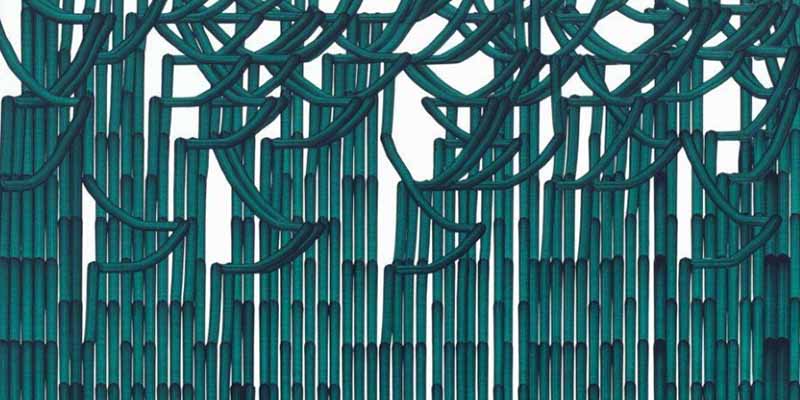
Teaching controversial issues: A guide for teachers
This revised version of Oxfam’s popular guide recognises the seismic shifts in social and political contexts in recent years. It seeks to support educators in developing essential skills that allow…
-

Teaching with zines zine
A resource put together by a group of librarians in the US in 2018. It has a list of resources, best practices, ideas for creating meaningful activities, and discussion of…
-

MOMA: Art Glossary↗
External link: “This glossary explains some of the techniques, mediums, art movements, and other terms you’ll encounter on our website, along with links to examples in the collection.”
-

Earth pigment practices in Aotearoa: Advice for non-Māori↗
External link: A guide for non-Māori to better understand how to engage appropriately with earth pigment practices in Aotearoa.
-

Guidelines for Gathering Earth Pigments↗
External link: An introductory guide for tangata Māori on how to gather earth pigments.
-
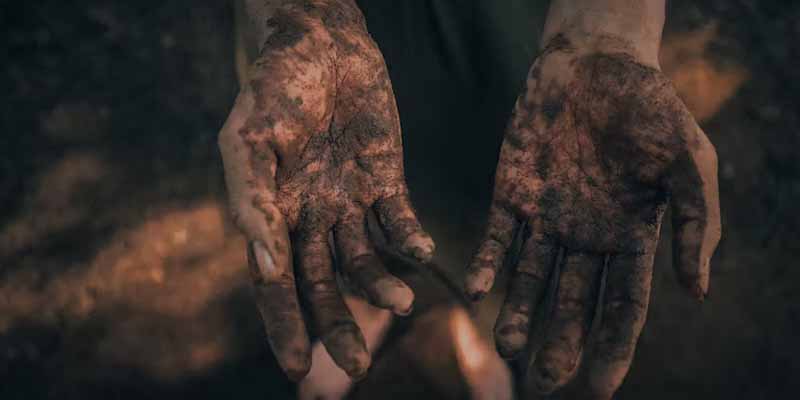
He karakia mō te whenua↗
External link: “There are many ways you can acknowledge the whenua and set your intentions before you head out and gather pigments – karakia is one of those.”
-
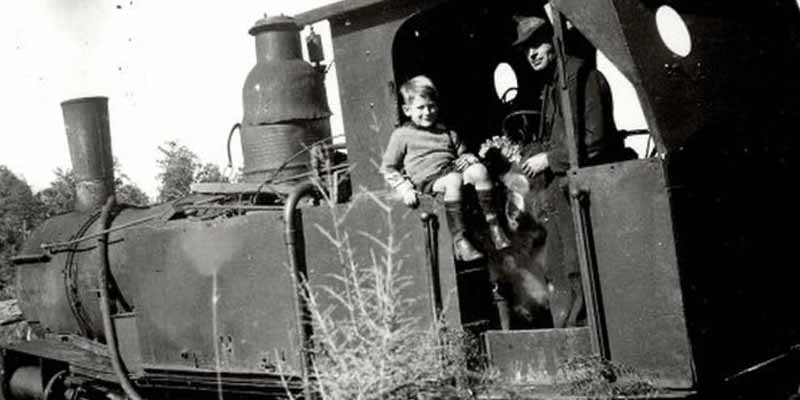
Teaching tips: Using historical images↗
External link: “Historical images, including photographs, drawings, paintings and cartoons, are useful resources to support teaching and learning about Aotearoa New Zealand’s histories.”
-

Photoshop keyboard shortcuts
A comprehensive list of keyboard shortcuts for Photoshop.
-
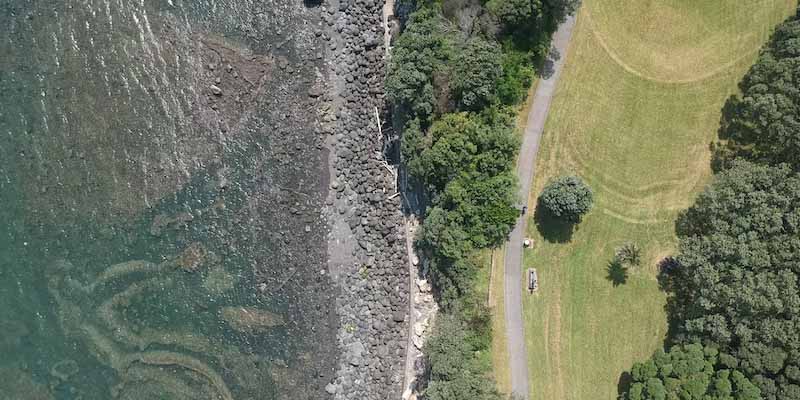
Mihimihi and Pepeha templates
Mihimihi and Pepeha templates for Māori, Tauiwi and Pākeha from Auckland Libraries.
-
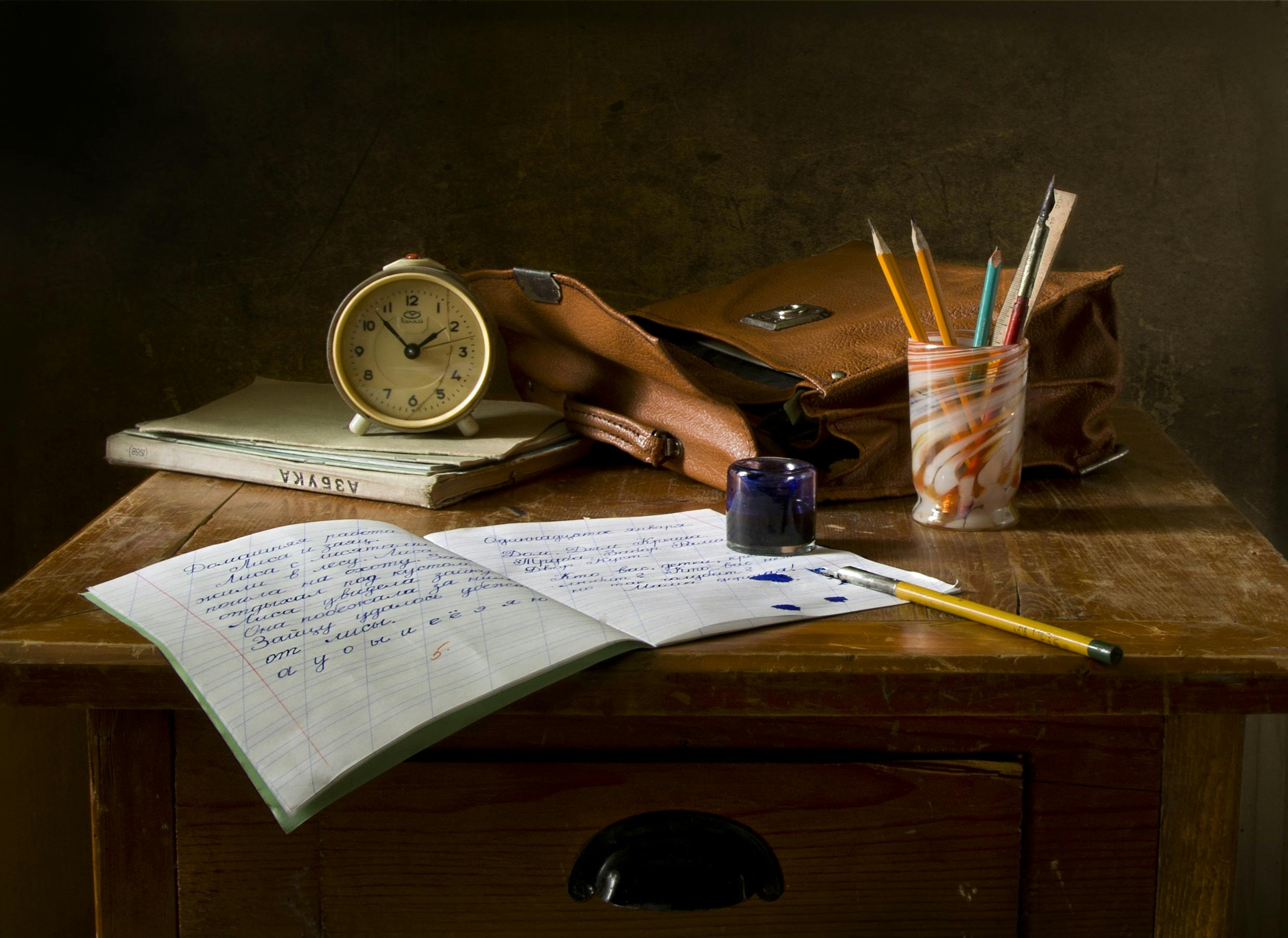
Practical Knowledge: Y10 Marking Schedule
A marking schedule example for Y10 Practical Knowledge assessment.
-

Linking Curriculum Strands to Research and Conventions
A framework to help support Senior students unpack the research and conventions Achievement Standards.
-
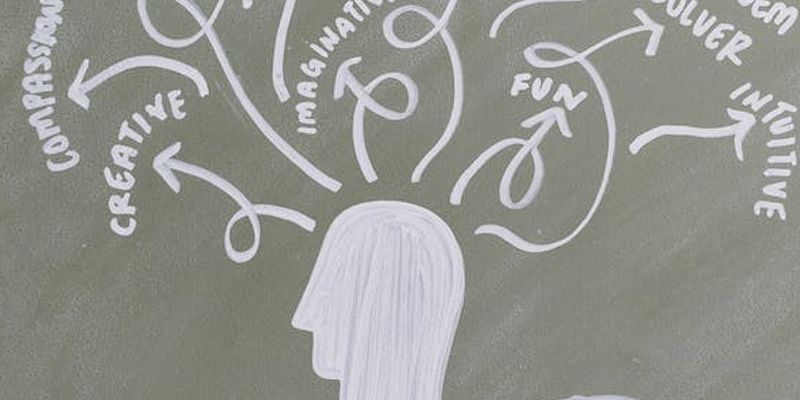
Planning a Mind Map
The mind map is an important starting point for you to link your research to your own theme and ideas.
-

Developing a workbook and studio practice
A framework to help Senior students develop their workbook practice.
-
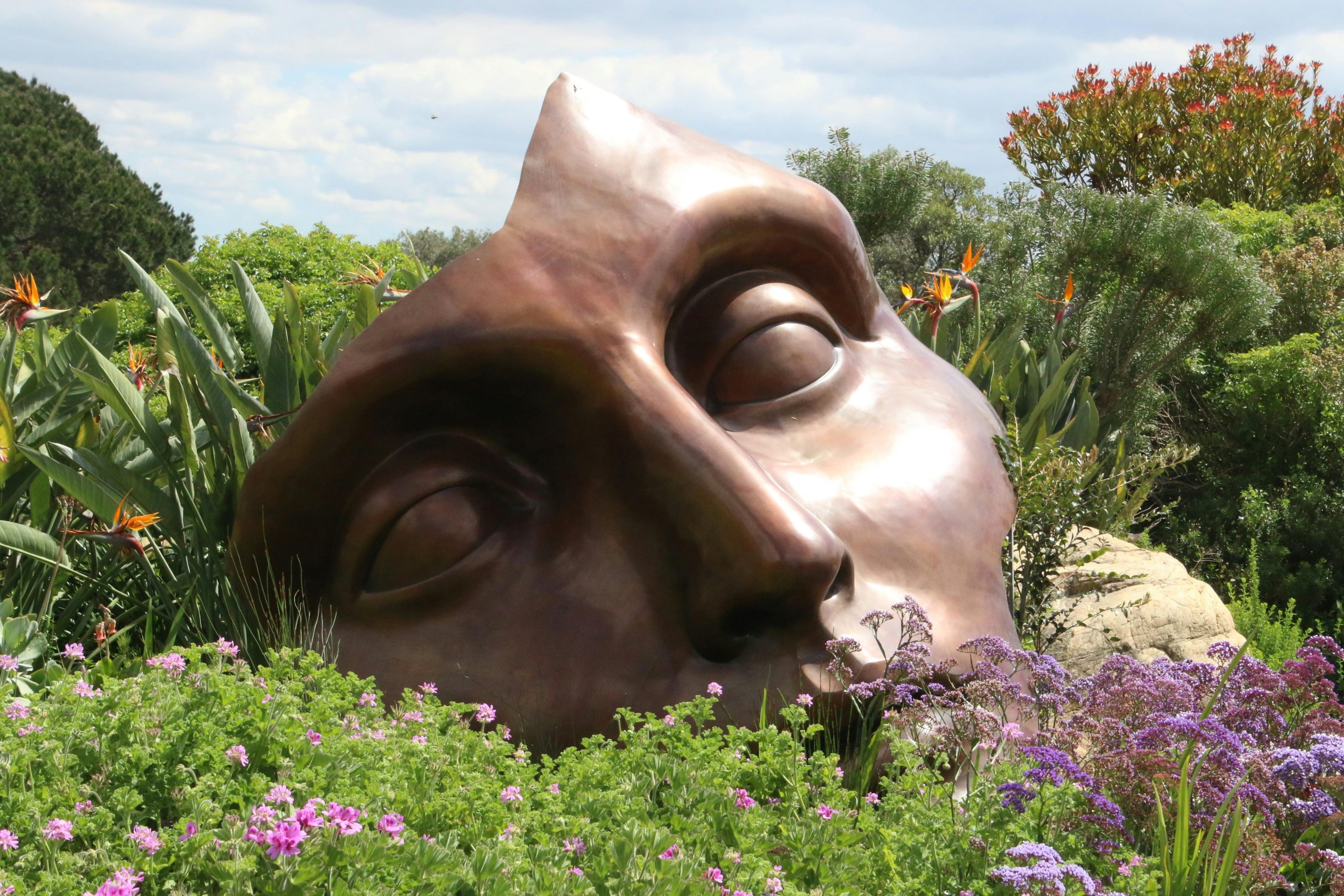
Conceptual Understanding
‘A concept is a “big idea”—a principle or notion that is enduring, the significance of which goes beyond particular origins, subject matter, or place in time.
-

The Thinking Process Unpicked
A framework that looks at the Thinking Process in Senior Visual Arts.
-

Appropriation & Plagiarism in Visual Arts
A document by Grant Thompson that covers Appropriation and Plagiarism in Visual Arts.
-
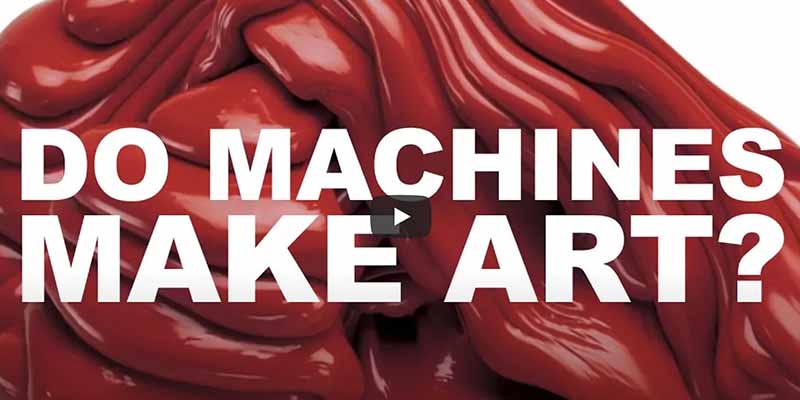
Do machines make art?
“When art is generated by Artificial Intelligence, what or who can we call the artist? We look to art history to consider the long collaboration between humans and technology.”
-
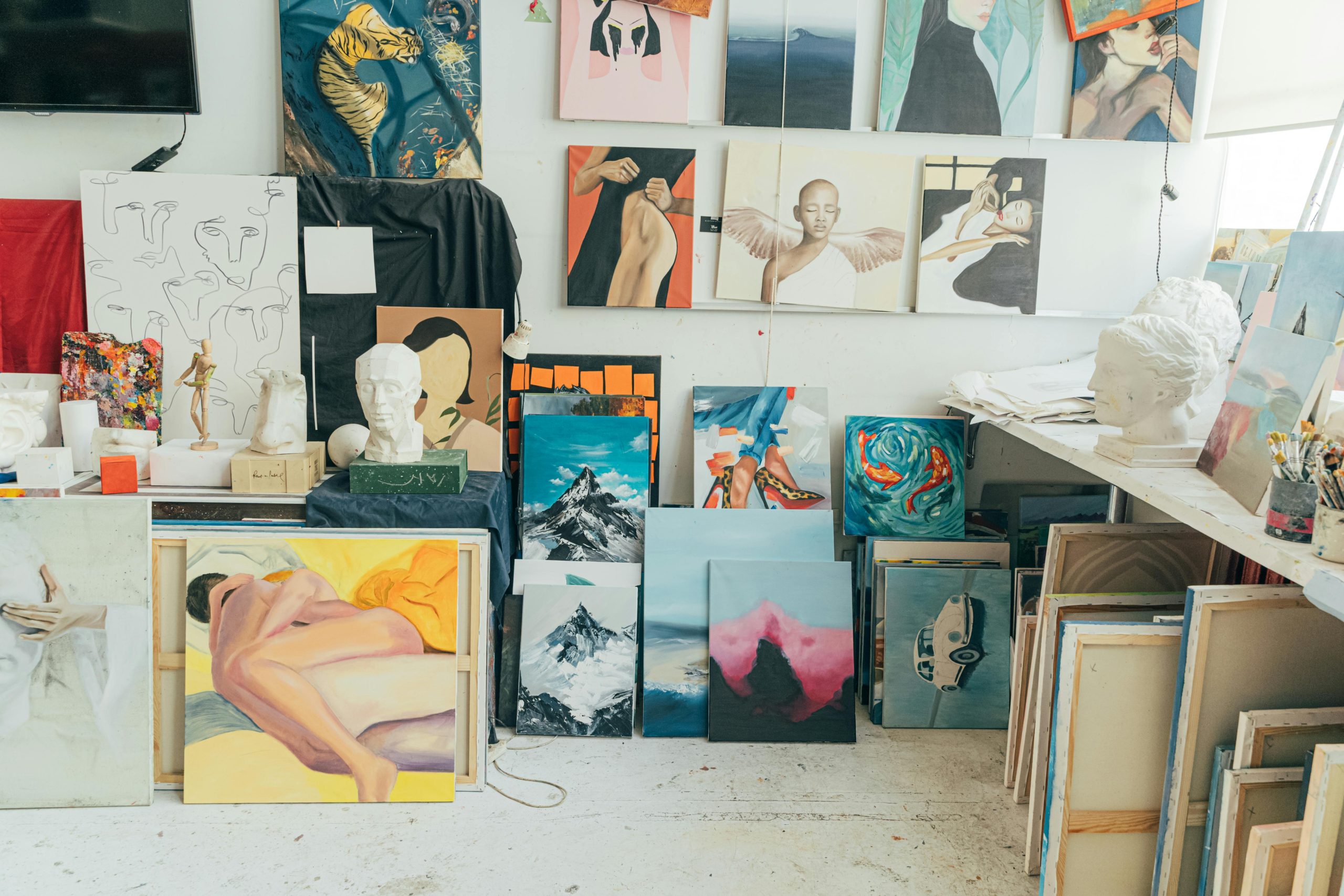
Art Schools in New Zealand ↗
External Link: “Want to study art in New Zealand? This article contains a comprehensive list of education providers (such as universities, polytechnics, institutes of technology and private training establishments) that…
-
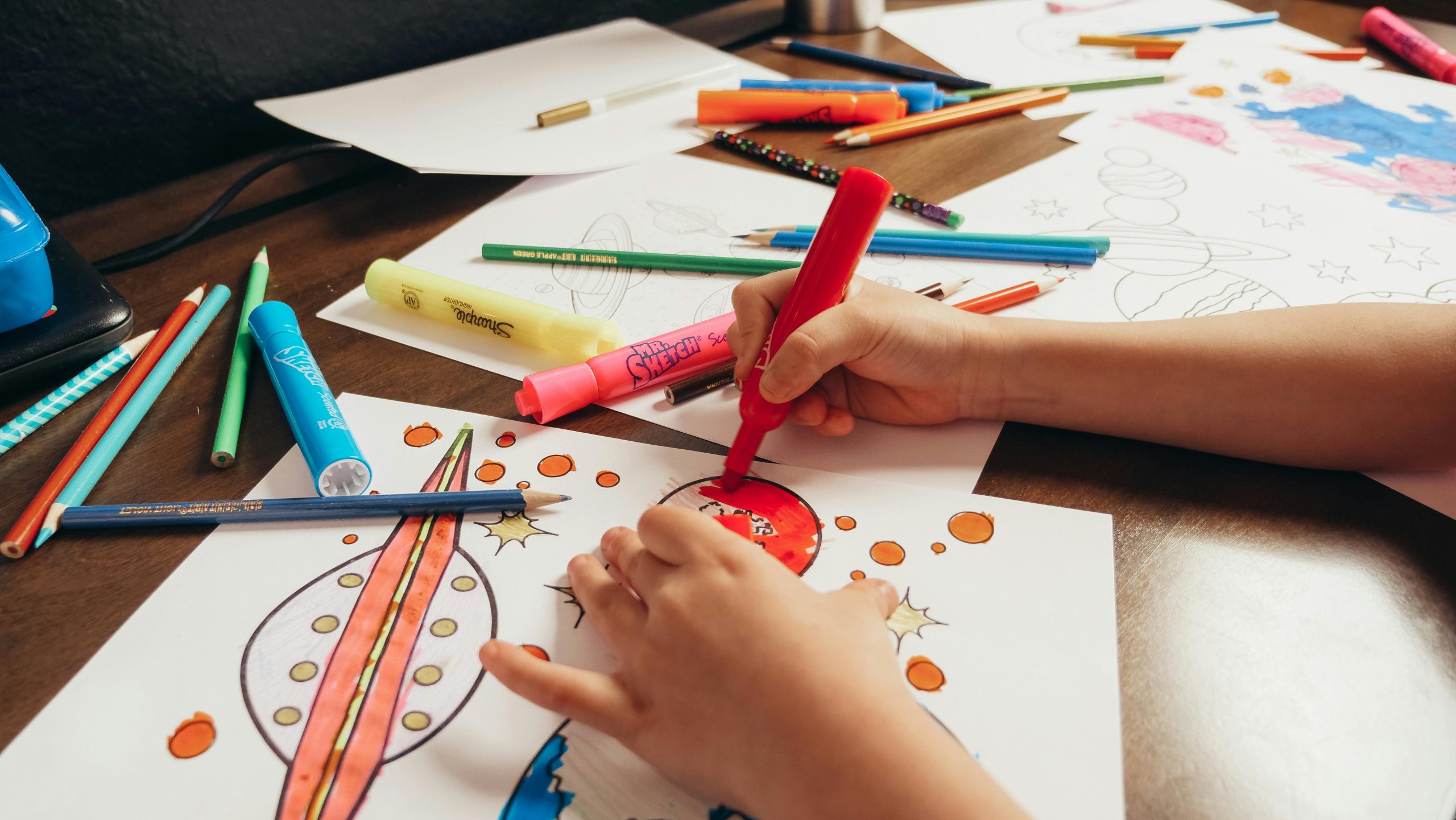
Reading: Visual arts education in New Zealand ↗
External link: “Visual arts education has long enjoyed a place in the New Zealand curriculum. Institutional endorsement of the value of visual arts learning for all children has maintained its…
-
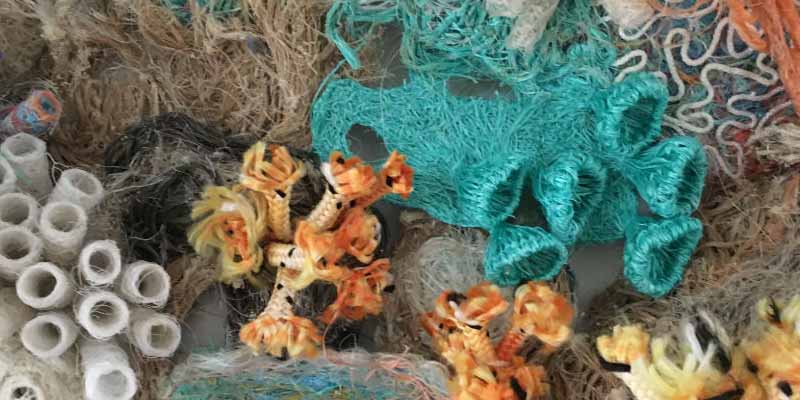
A guide to using works of art as a starting point↗
External link: “A template for teachers to use when beginning a new unit of visual arts work.”
-
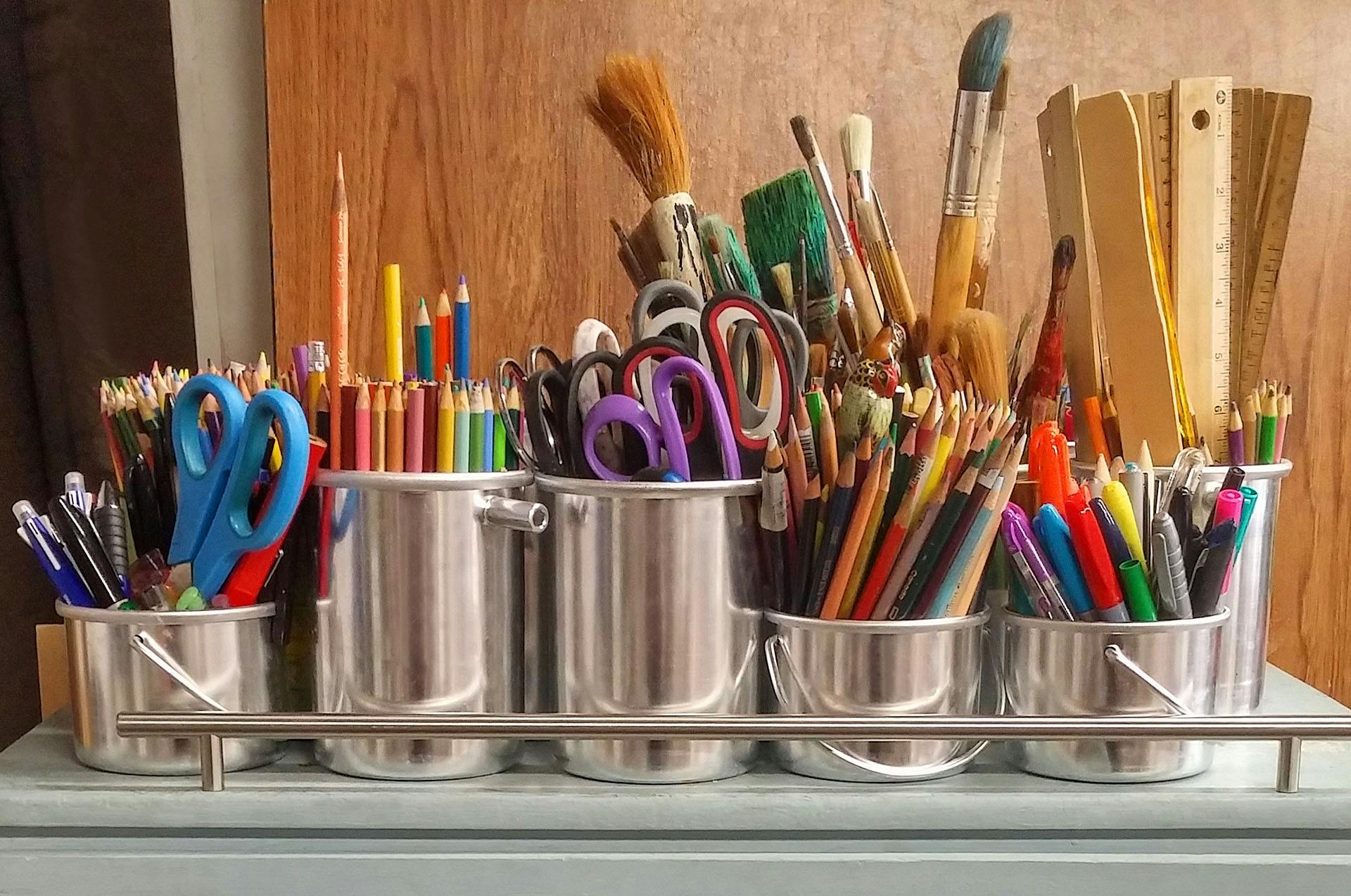
NZQA Visual Arts Subject Resources ↗
NZQA’s home for NCEA Visual Arts, this site includes assessment support, curriculum documents and assessor reports.
-

Creative NZ’s guide for arts advocates
How to build support for a future where artists and creativity thrive, so all New Zealanders flourish.
-

Te Reo Māori terms for NCEA Visual Arts
A list of relevant NCEA Visual Arts kupu to use in your planning for teaching and learning.
-
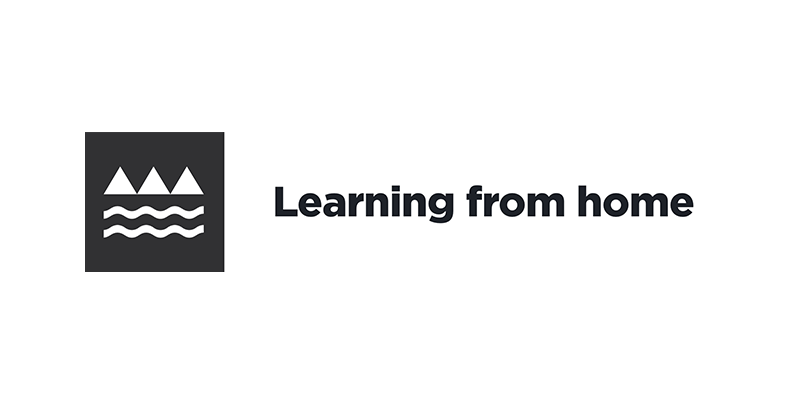
Ministry of Education: Resources ↗
External Link to the Ministry of Education.
-

Support for Teaching at a Distance ↗
External Link: “A resource created to support educators through the pandemic and beyond. Here you can find information”
-
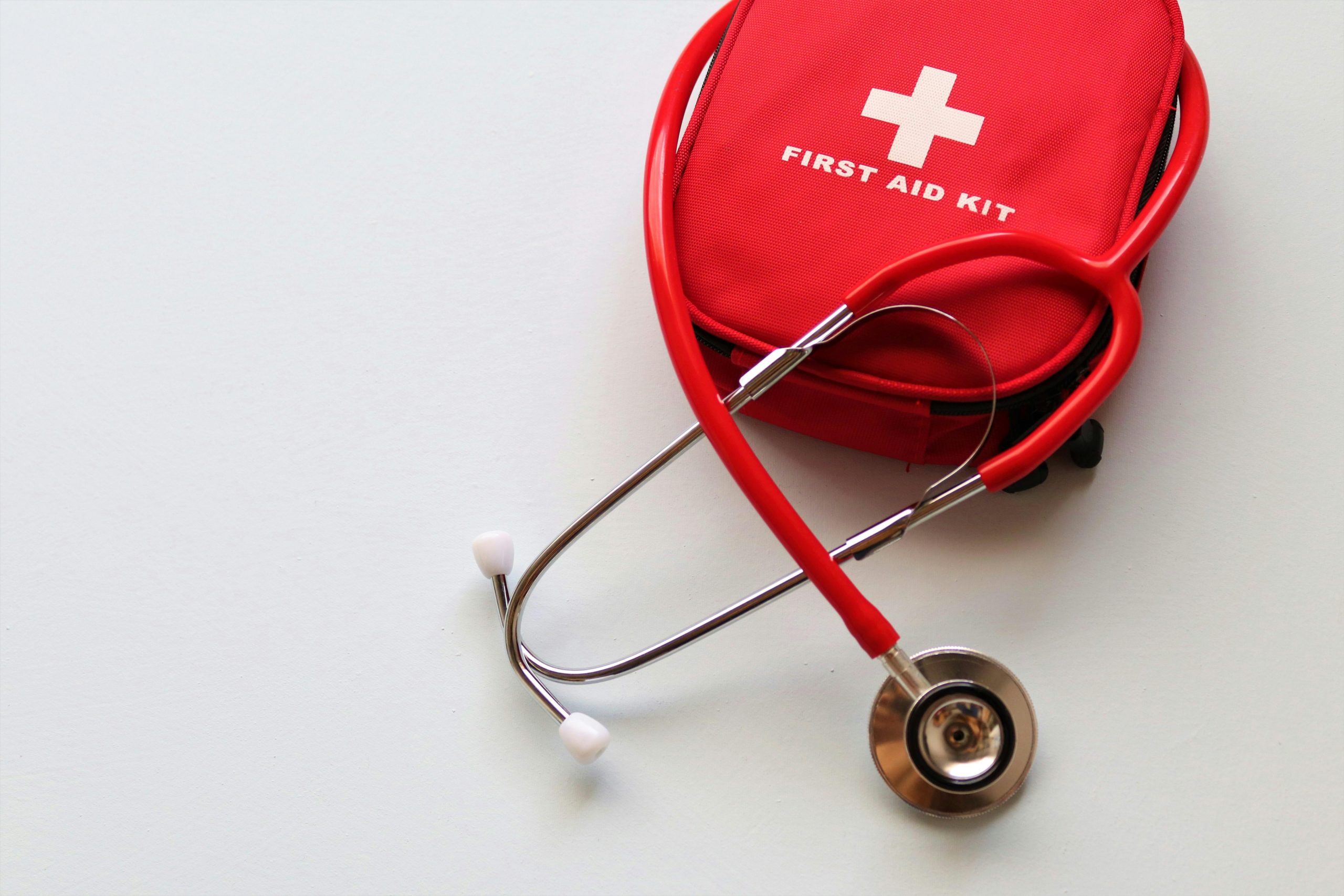
NZQA: Emergency Events Information↗
External Link: “NZQA’s primary focus is to support the education community, while helping to keep people safe.”
-

Education: Latest Stories on 1News ↗
External Link to the education section of the 1News website.
-
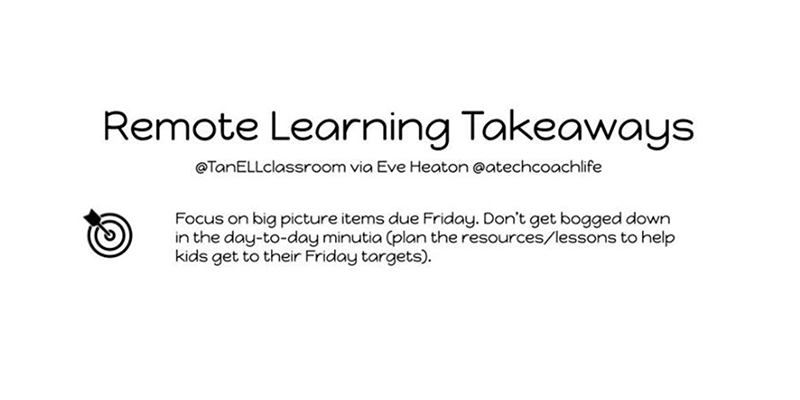
Hacks for Online Learning ↗
External Link to a concise Google Doc with various tips for online learning.
-

5 Structures for Virtual School ↗
External Link: “Due to the increasing number of schools and districts offering distance learning or virtual school in response to the COVID19 outbreak,”
-
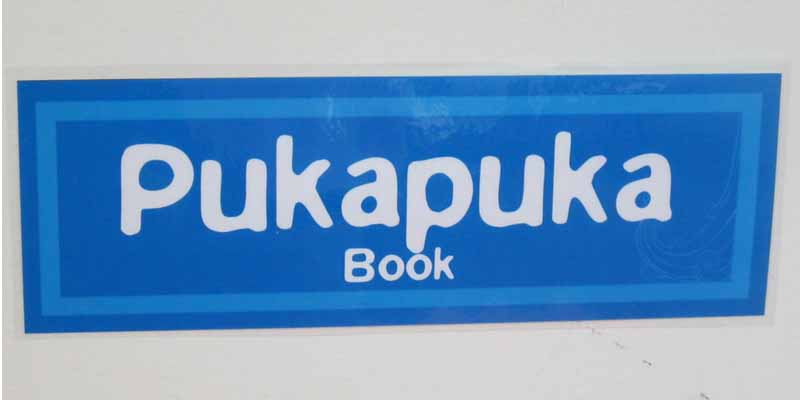
Strategies for Te Reo in the Artroom
“Kupu and images with ideas about how you can ‘embed’ Te Reo in your art room. If whole phrases (overleaf) seem a bit challenging, begin by adding a few keywords…
-
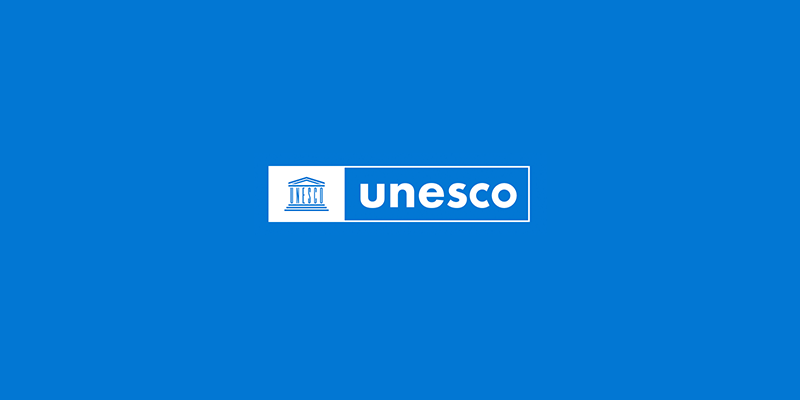
UNESCO Education ↗
External Link to the UNESCO Education website.
-

Microsoft Educator Center ↗
External Link to the Microsoft Education Center.
-

Netsafe Tips for Remote Learning ↗
External Link to the Netsafe Schools website.
-
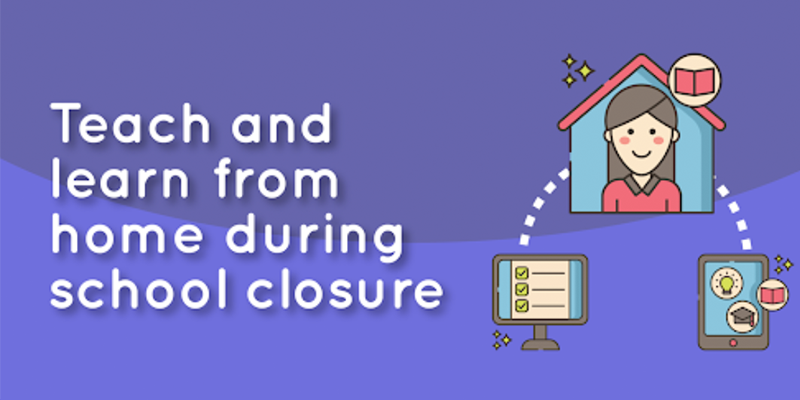
Hāpara Toolkit ↗
External Link to the Hāpara toolkit.
-

PPTA News ↗
External Link to the PPTA News Website.
-

Flipgrid For Arts Teachers
Amy Blackwell discusses Flipgrid For Arts Teachers on April 7, 2020.
